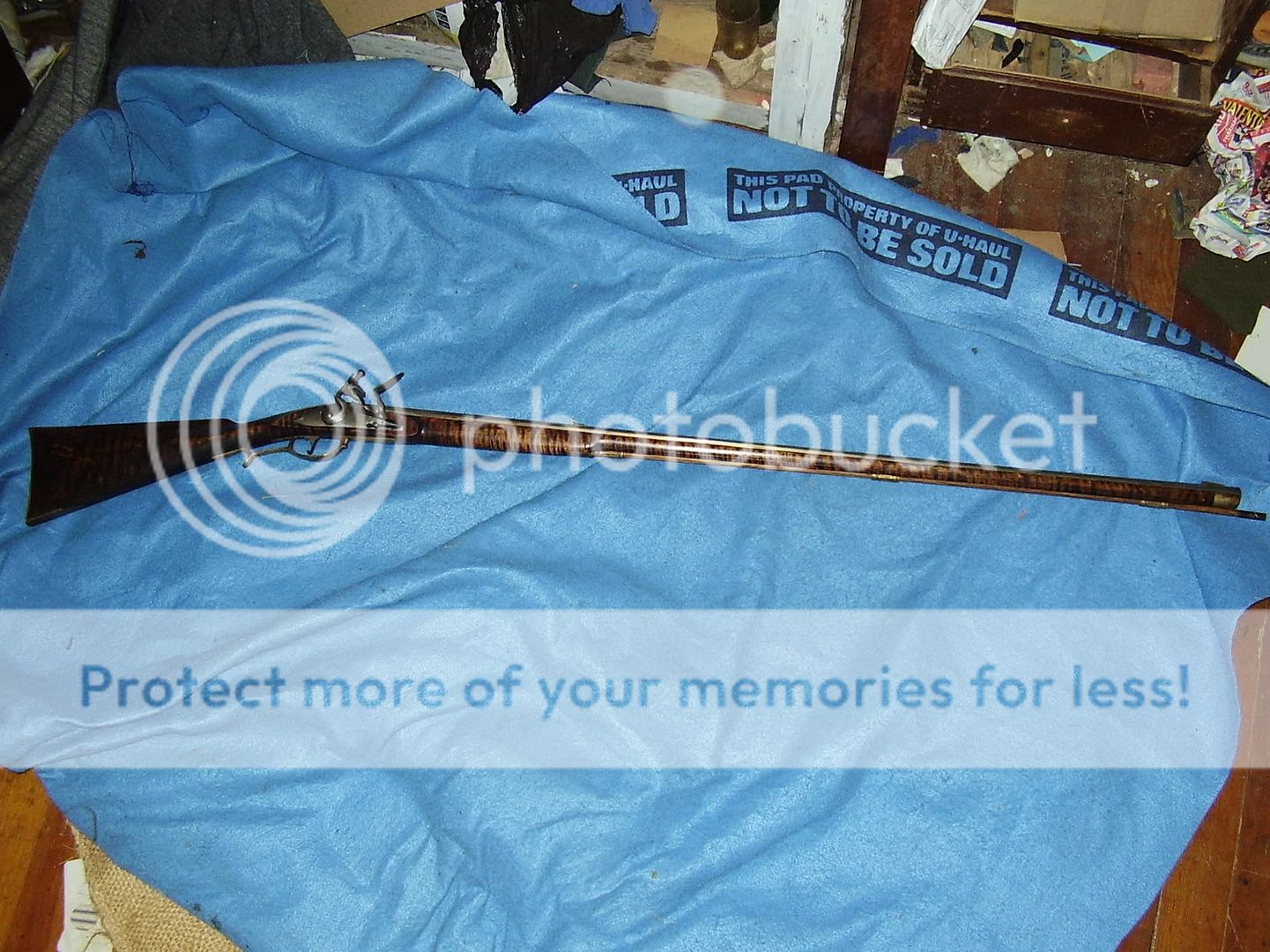gizamo said:
The thing is...
You love your gun, as you should. It is a beaut and something to be proud of. There are those here that will find flaws, but you need to know that no gun is flawless... Any custom builder worth his salt will tell you so. Unless they are blinded with pride.
Your gun becomes an extension of your ability. It will then respond to you. Learn it, know it's fickleness and foibles, make peace with it's subtle or slight nuances...
My point is that the gun and the man need to meld... Don't listen to the harpee's that will try to do the modern thing...
They are no different than any modern salesman trying to upsell you into something you don't need nor want....those that do so by judging your gun ~ never seen it shot, nor handled it....aren't worth listening to.
Yet, these same seem to have such high opinions of themselves that they express their personal ignorance of the same...
They prove themselves - not friends at your campfire....
Do not waste your time on false friends...
Well Giz, it's not about knit picking, it's about using Killer's gun as an educational tool for new builders.
Moreover, IMHO, with the apparent flaws we can see, in addition to the nosecap being held in place with rubber cement, which is cheesy, at best, I gotta wonder what flaws there might be that we can't see.
Hanshi, no one criticized the selection of the Siler lock. It's the wide lock panel and the point of the tail of the lock panel being too high, for aesthetics.
The wide lock panel makes the gun look thicker than it is. It's all about the visual appearance of good proportion vs not so good proportion.
IMHO, a too tight rammrod needs to be thinned and tapered so's it will come out of the stock easily. If it sticks now, how tight will it be when the humidity hits in the summer, or worse, when trying to withdraw that stuck rammer in the rain during that hunt of a life time.
IMHO, a friend doesn't let friends build guns with poor architecture, design flaws, or too tight rammers. :wink:
God bless







